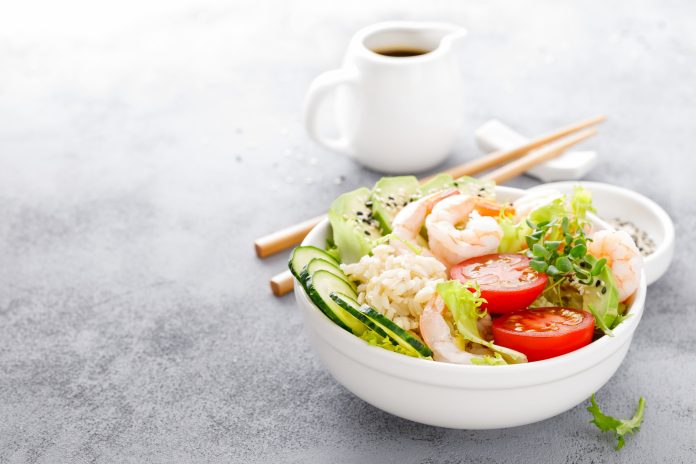Key Takeaways
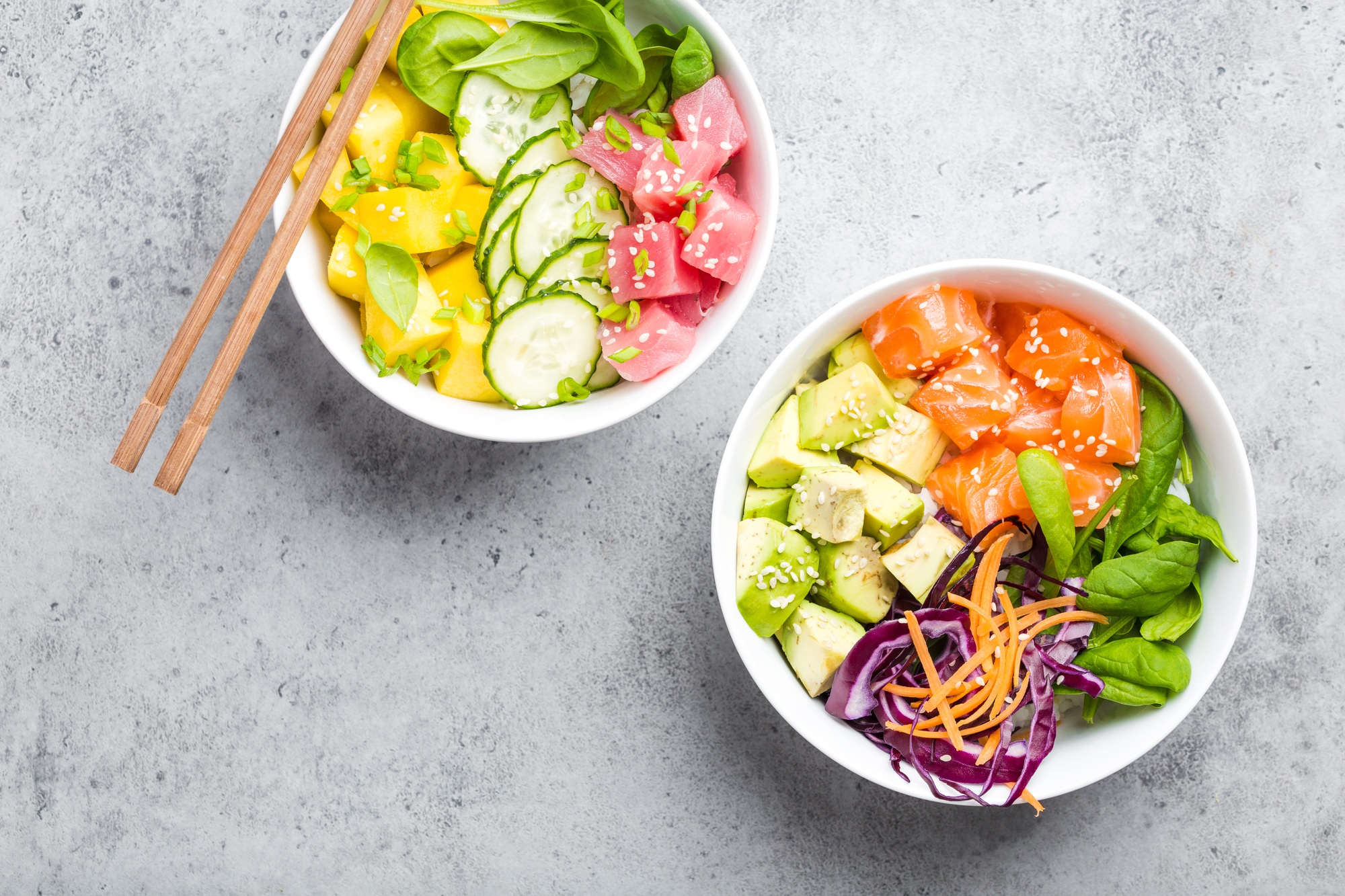
- Understand Poke Bowls: Familiarize yourself with the origins, key ingredients, and popular combinations essential for crafting a unique menu that appeals to health-conscious diners.
- Conduct Market Research: Identify your target audience and analyze competitors to tailor your offerings and stand out in the growing poke bowl market.
- Develop a Solid Business Plan: Create a comprehensive business plan that outlines your concept, financial projections, and funding options to guide your startup’s path.
- Meet Legal Requirements: Ensure compliance by obtaining necessary permits, such as food service and business licenses, and adhere to local health and safety regulations.
- Source Quality Ingredients: Prioritize sourcing fresh, high-quality ingredients and eco-friendly packaging to build a trustworthy brand and enhance customer satisfaction.
- Implement Effective Marketing Strategies: Establish a strong online presence through branding and social media engagement to attract and retain customers in a competitive environment.
If you’ve ever dreamed of turning your passion for food into a thriving business, starting a poke bowl venture could be your ticket. With its fresh ingredients and customizable options, poke bowls have captured the hearts of health-conscious diners and foodies alike. This trend isn’t just a passing fad; it’s an opportunity for you to tap into a growing market.
Launching a poke bowl business requires more than just a love for delicious food. You’ll need to navigate everything from sourcing quality ingredients to creating a unique menu that stands out. Whether you’re a seasoned entrepreneur or a first-time business owner, this guide will help you understand the essential steps to bring your poke bowl dreams to life. Get ready to dive into the world of poke and discover how you can create a successful and satisfying culinary experience.
Understanding Poke Bowls
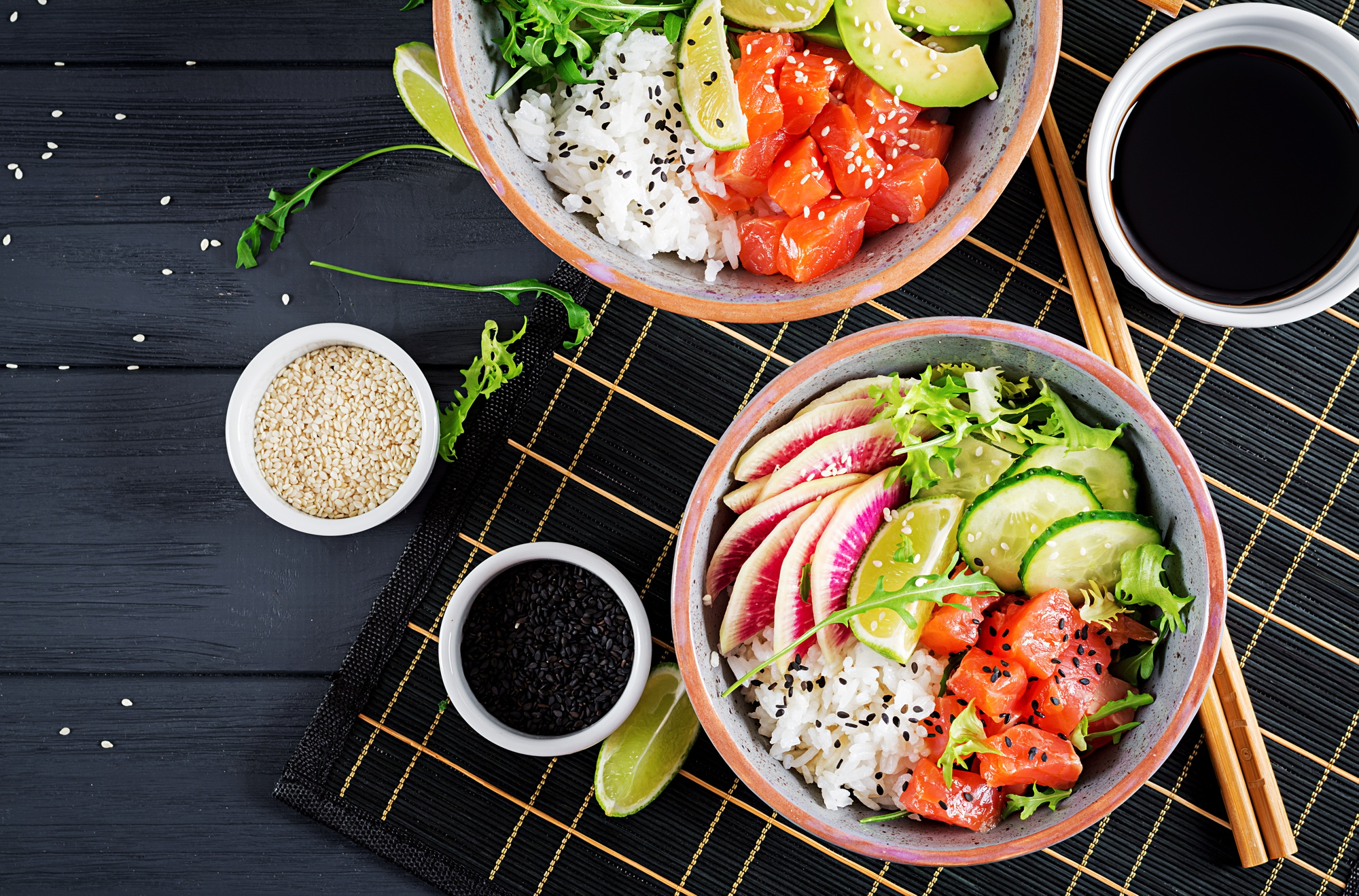
Poke bowls are versatile dishes that blend fresh ingredients, creating appealing meals. Understanding their origins and popular components helps in crafting a successful menu for your small business.
History of Poke Bowls
Poke bowls originated in Hawaii, where fishermen would season diced fish with simple toppings. The word “poke” means “to slice” in Hawaiian. Over time, poke evolved from a local delicacy to a trendy dish across the globe, popularized by health-conscious diners seeking fresh flavors. In the past decade, this growth has opened doors for many startups, making poke bowls a lucrative option in the food industry.
Popular Ingredients and Combinations
Focusing on fresh ingredients enhances the poke bowl experience. Key components often include:
- Fish: Tuna and salmon are favorites, but other options like octopus and shrimp appeal to diverse tastes.
- Base: Sushi rice remains classic, though options like quinoa and mixed greens cater to health-conscious customers.
- Toppings: Common toppings such as seaweed, edamame, and avocado complement the main ingredients.
- Sauces: Soy sauce, spicy mayo, and ponzu add depth and flavor.
Creating unique combinations with these elements allows you to stand out in the competitive market of poke bowl businesses.
Market Research for Your Poke Bowl Business
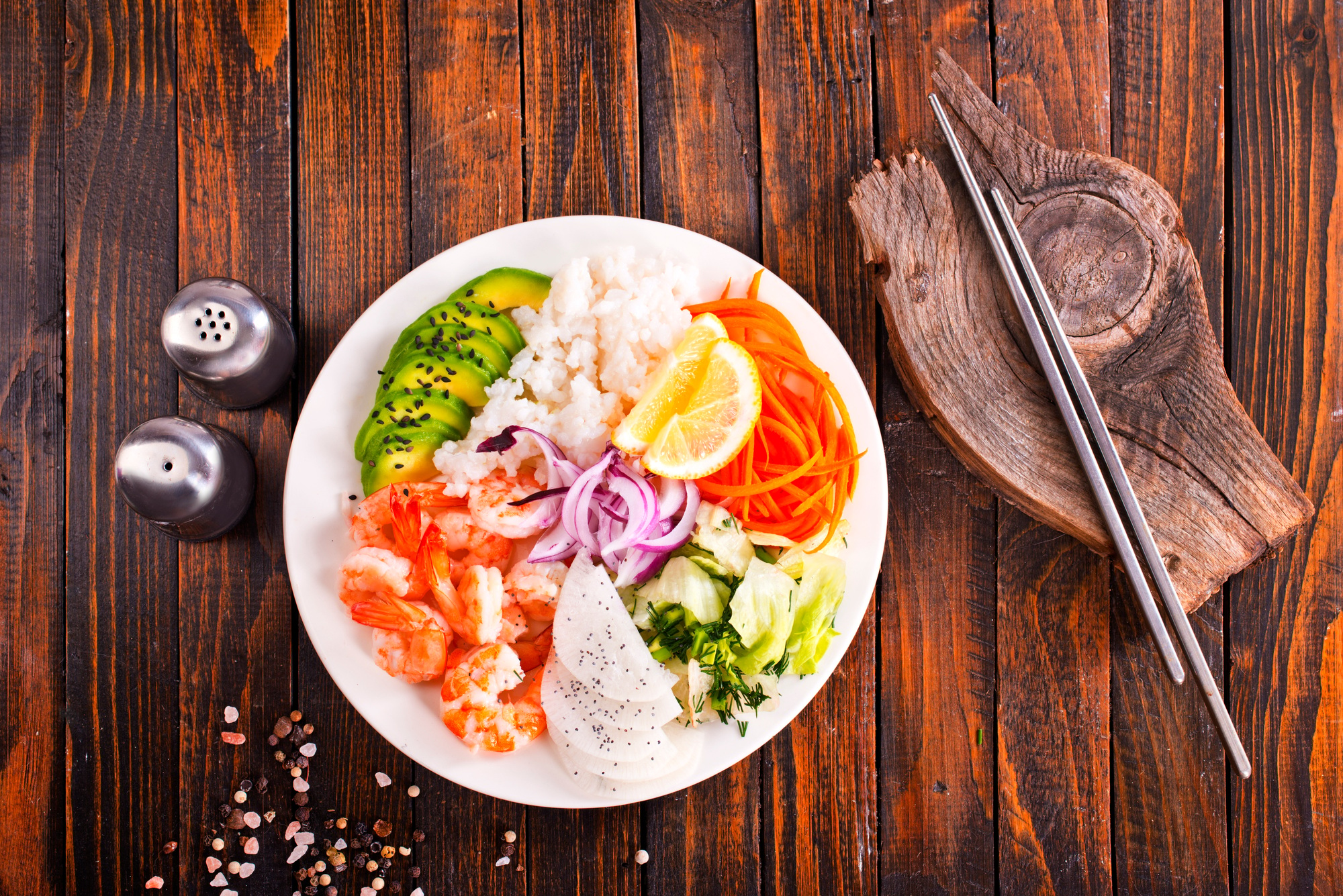
Conducting market research is essential for your poke bowl business. Understanding the local demand can guide your decisions and contribute to your startup’s success.
Identifying Your Target Audience
Identify the characteristics of your ideal customers. Focus on demographics such as age, income levels, and dining preferences. For example, health-conscious millennials and busy professionals often seek fast, nutritious meals. Gauging preferences can help tailor your menu to meet your audience’s expectations. Surveys, social media polls, and local community feedback can provide insights into customer desires and trends.
Analyzing Competitors
Analyze competitors in your area to understand their offerings and strategies. Visit their locations to observe customer behavior and menu items. Note pricing, portion sizes, and unique selling points that attract customers. Use tools like Yelp or Google Reviews to read feedback and identify gaps in the market. Positioning your poke bowl business with a unique concept, such as specialty sauces or creative ingredient combinations, can set you apart and attract a loyal customer base.
Creating a Business Plan

A solid business plan is vital for launching your poke bowl small business. It outlines your strategy, vision, and financial expectations.
Defining Your Concept and Vision
Define your unique concept and vision for the poke bowl business. Focus on elements like menu diversity, ingredient quality, and customer experience. Consider incorporating signature sauces, locally sourced ingredients, or themed bowls to stand out. Your vision should resonate with the target market, which consists of health-conscious diners and busy professionals, allowing you to articulate your brand story effectively.
Financial Projections and Funding Options
Prepare comprehensive financial projections. Include detailed startup costs such as equipment, leasehold improvements, and initial ingredient purchases. Evaluate monthly operating expenses, covering rent, utilities, salaries, and marketing. Set realistic revenue forecasts based on market analysis, estimating sales from dine-in, take-out, delivery, and catering services. Conduct a break-even analysis to determine the sales volume required to cover costs. Identify potential funding options such as loans, investors, or crowdfunding strategies. Your financial insight not only guides your startup but also attracts investors to your small business.
Legal Requirements and Licenses

Starting a poke bowl business involves meeting specific legal requirements and obtaining necessary licenses to operate legally. Understanding these regulations ensures compliance and supports your business’s success.
Necessary Permits for Food Businesses
You must obtain several permits before opening your poke bowl business. These include:
- Food Service Permit: Required by your local health department, this permit allows you to prepare and serve food to the public.
- Business License: Obtain a general business license from your city or county, which legitimizes your operation.
- Sign Permit: If you plan on displaying signage for your business, check local regulations for sign permits.
Confirm the exact permits needed by consulting your local business regulation office or health department.
Health and Safety Regulations
Adhering to health and safety regulations is essential for any food service establishment. Key regulations include:
- Food Safety Training: Staff must complete food safety training programs, ensuring proper handling and storage of food to minimize health risks.
- Health Inspections: Regular inspections by local health authorities maintain compliance with safety standards. Pass these inspections to keep your food service permit.
- Sanitation Requirements: Maintain high levels of cleanliness in food preparation areas and restrooms, as local regulations dictate specific sanitation standards.
You can find detailed health and safety requirements at your state’s health department website. Following these regulations not only protects your customers’ health but also enhances your reputation as a responsible small business owner.
Sourcing Ingredients and Supplies
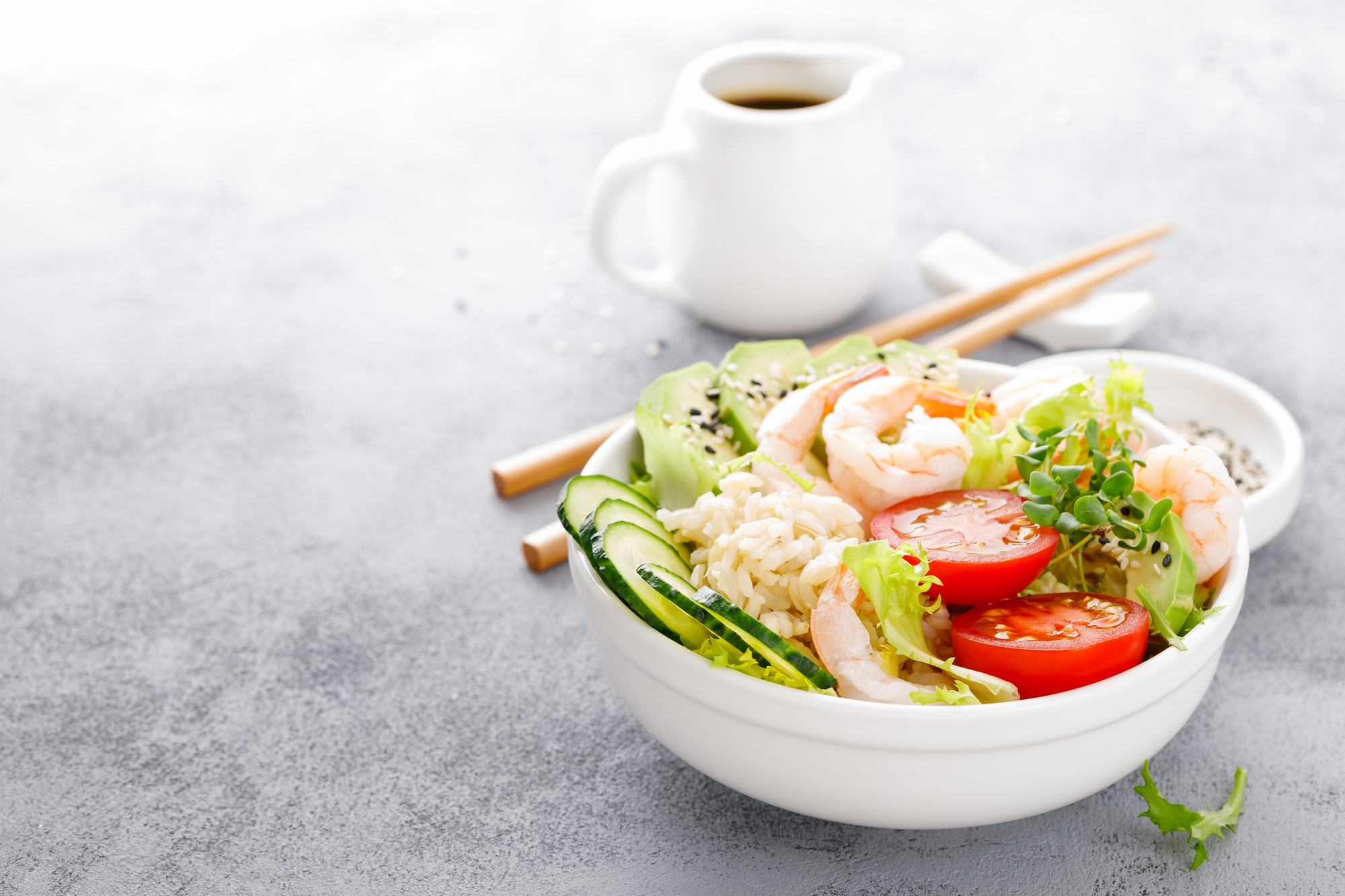
Sourcing quality ingredients and supplies forms the backbone of your poke bowl business. Focus on freshness and reliability to build customer trust and satisfaction.
Finding Fresh Produce and Fish
Finding fresh produce and fish is vital for your poke bowl startup. You must source high-quality fish, rice, and vegetables. Local suppliers and fish markets often offer the freshest options available. Regular inspections of ingredient quality ensure adherence to food safety standards. Create a weekly checklist of required ingredients, which may include fish, rice, and various toppings, to plan costs and supplies effectively. This practice promotes efficient inventory management and minimizes waste.
Choosing Packaging Materials
Choosing suitable packaging materials plays a significant role in your poke bowl business. You need packaging that maintains food freshness while being visually appealing. Opt for eco-friendly containers that resonate with your environmentally conscious customers. Consider the size and design of your packaging, ensuring it complements your brand image. It’s essential to balance cost and quality, as the right packaging enhances customer experience and encourages repeat business.
Marketing Your Poke Bowl Business
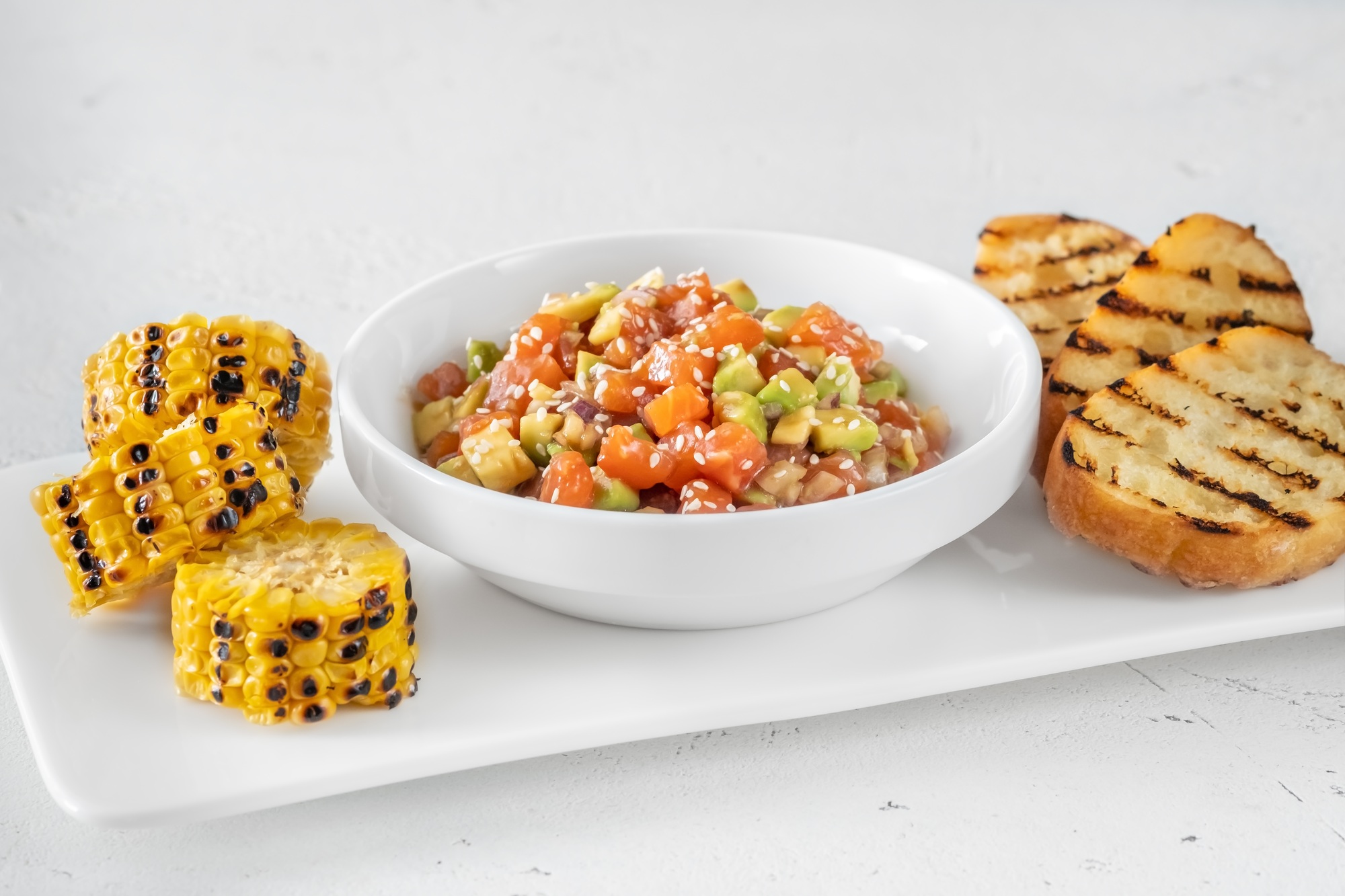
Effective marketing enhances visibility and attracts customers to your poke bowl business. Focus on strategies involving branding, an online presence, and social media engagement.
Branding and Online Presence
Establish a strong brand identity to differentiate yourself in the competitive poke bowl market. Define your unique selling proposition (USP), which may include distinct recipes, sustainable ingredient sourcing, or a captivating brand aesthetic. Craft a professional website that showcases your menu and highlights your brand story. Utilize user-friendly platforms like Bigteam AI to streamline your efforts. Ensure your website includes essential features such as booking systems and contact forms to facilitate customer interaction.
Social Media Strategies
Leverage social media platforms to connect with your target audience effectively. Create engaging content that showcases your poke bowls and your brand personality. Share posts that feature customer testimonials or highlight fresh ingredients. Partner with local influencers to extend your reach and enhance community ties. Regularly engage with followers by responding to comments and messages promptly, as this builds a loyal customer base. Implement targeted advertising to reach specific demographics, ensuring more visibility to potential customers interested in trying your poke bowls.
Conclusion
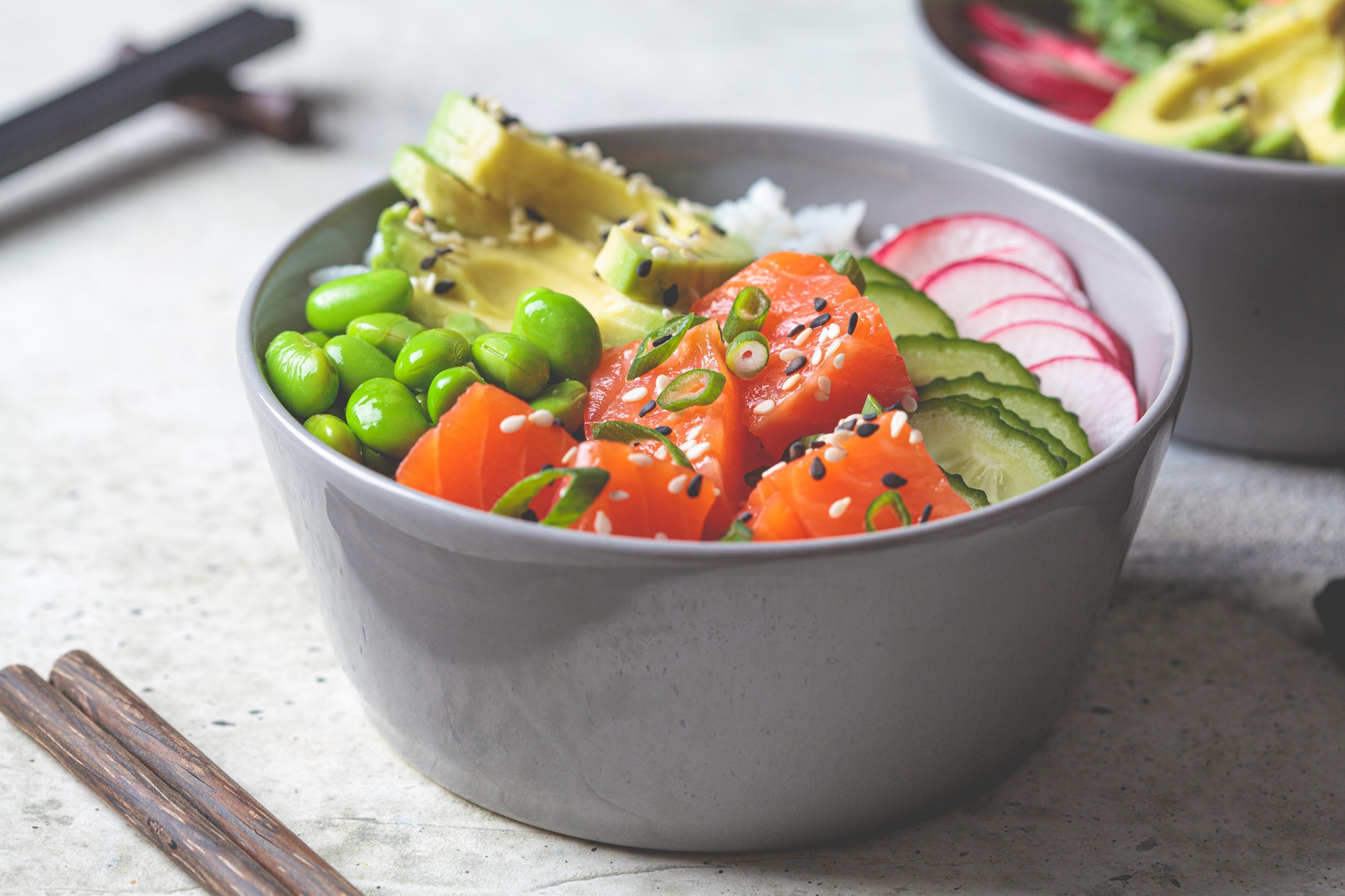
Starting a poke bowl business can be an exciting and rewarding venture. With the right approach you can tap into the growing demand for fresh and healthy dining options. Focus on sourcing quality ingredients and developing a unique menu that resonates with your target audience.
Remember to conduct thorough market research to understand local preferences and identify gaps in the market. A solid business plan will serve as your roadmap guiding you through the startup process. Complying with legal requirements and maintaining high food safety standards will build trust with your customers.
Finally effective marketing strategies will help you establish a strong brand presence and attract loyal customers. Embrace creativity and passion as you embark on this journey to bring delicious poke bowls to your community.
Frequently Asked Questions
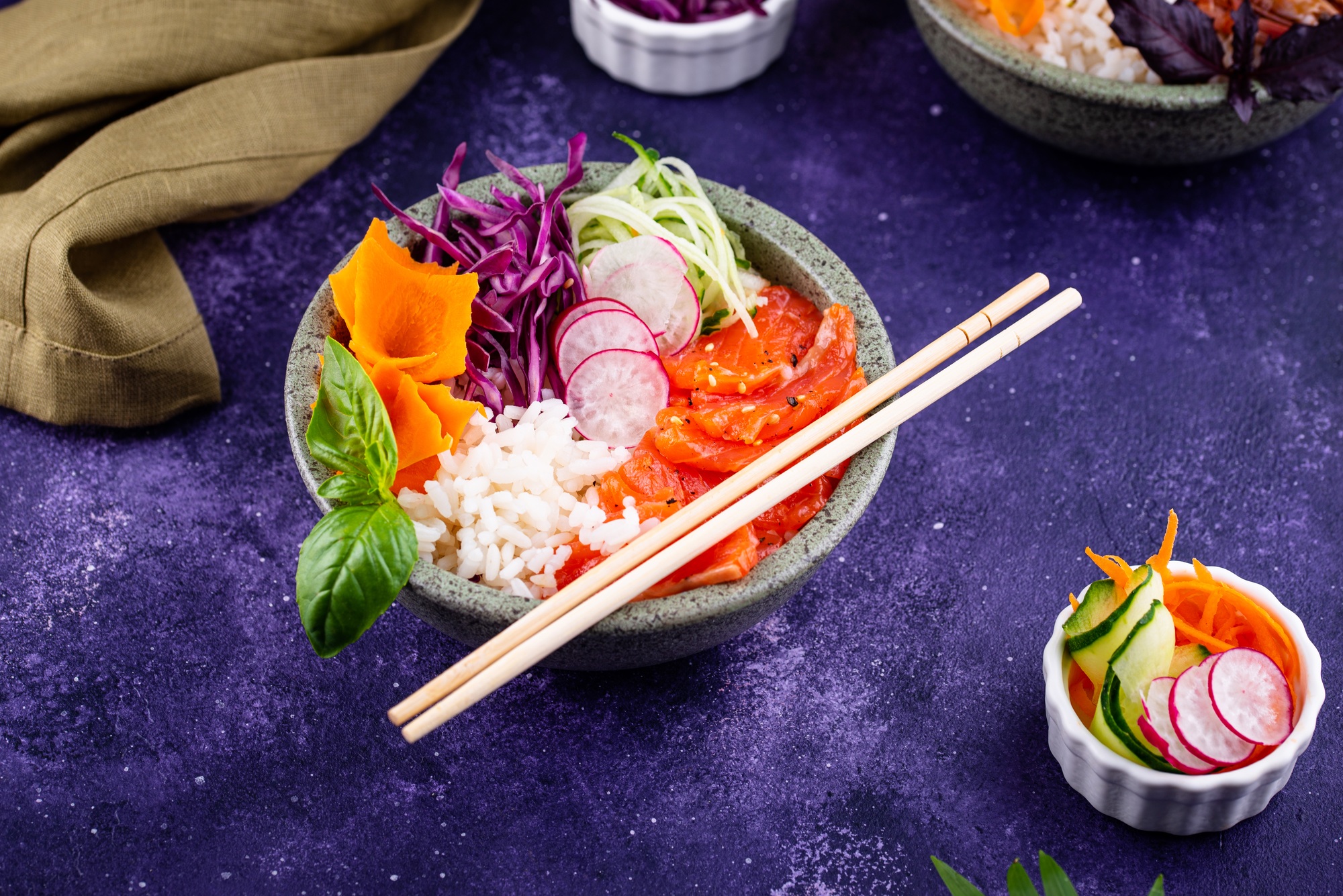
What is a poke bowl?
A poke bowl is a Hawaiian dish consisting of diced raw fish, typically served over a base of rice or greens. It’s often topped with various ingredients like avocado, seaweed, and sauces, allowing for creative combinations.
How do I start a poke bowl business?
To start a poke bowl business, you need to develop a unique menu, source quality ingredients, conduct market research, and create a solid business plan. Understand your target audience and competitors to effectively position your brand.
What ingredients are popular in poke bowls?
Common ingredients in poke bowls include fresh fish like tuna and salmon, bases such as sushi rice and quinoa, and toppings like avocado, seaweed, and various sauces. Experimenting with unique ingredients can attract more customers.
Why is market research important for a poke bowl business?
Market research helps you understand local demand, analyze demographics, and identify competitors. This knowledge is crucial for tailoring your offerings to meet customer preferences and positioning your business effectively in the market.
What legal requirements do I need to consider for my poke bowl business?
Starting a poke bowl business requires obtaining essential permits like a food service permit, business license, and sign permit. Additionally, adhering to health and safety regulations is crucial for ensuring customer safety.
How can I source quality ingredients for my poke bowls?
To source quality ingredients, build relationships with local suppliers and fish markets. Regular inspections are essential to ensure freshness and adherence to food safety standards, which helps establish trust with your customers.
What marketing strategies can enhance my poke bowl business?
Effective marketing strategies include creating a unique brand identity, developing a professional website, and utilizing social media for engagement. Collaborating with local influencers and sharing customer testimonials can also enhance visibility.
How can I differentiate my poke bowl business from competitors?
To stand out, focus on unique ingredient combinations, specialty sauces, and exceptional customer experience. Understanding your market and catering to specific customer preferences will help set your poke bowl business apart.
Image Via Envato: furmanphoto, vaaseenaa, Alex9500, sea_wave, ipolly80, Rawpixel, tycoon101, Timolina, its_al_dente


